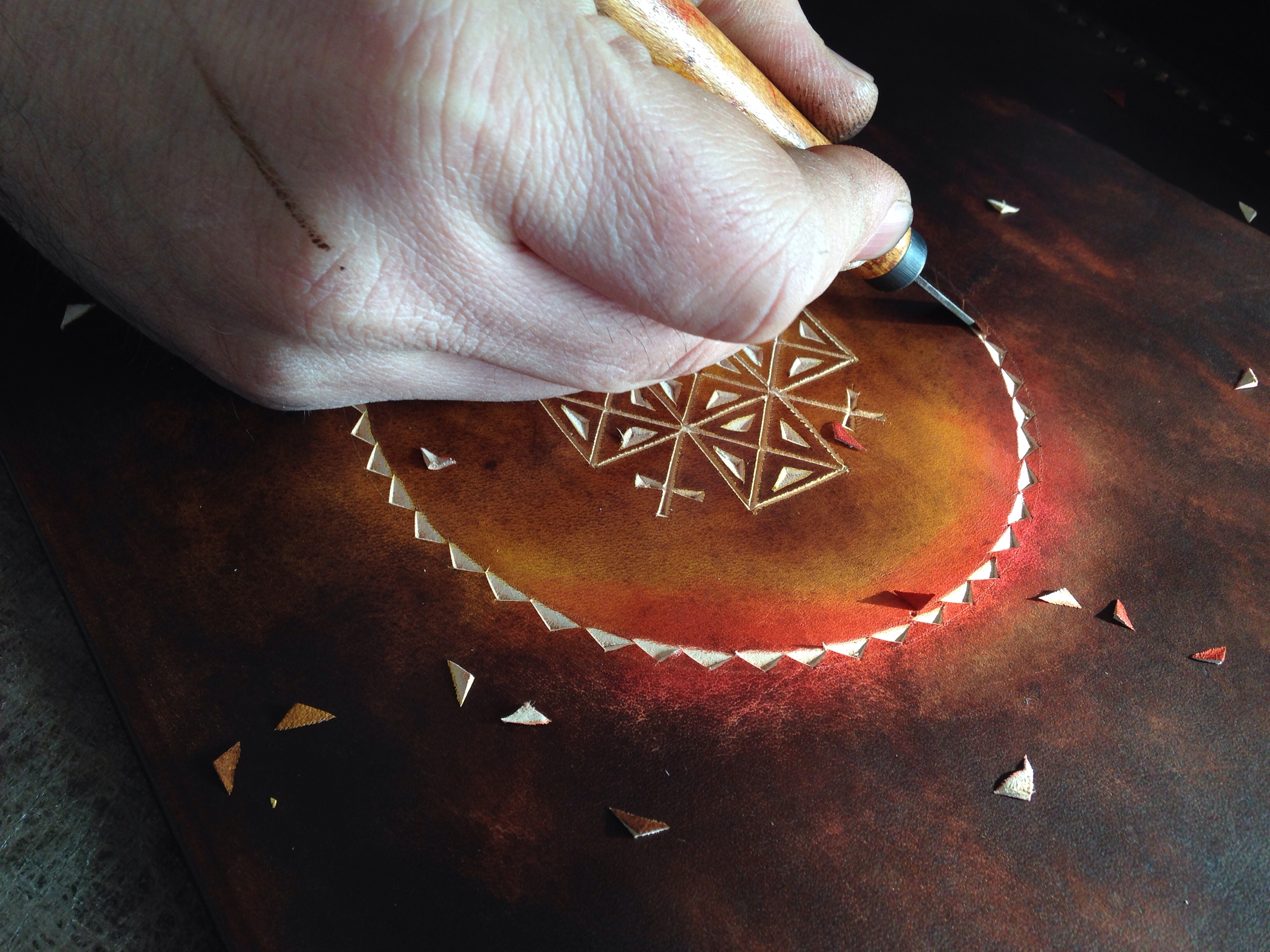Art Investment Reimagined: Gallerie's Disruptive Strategy Empowers Art Market Stakeholders Amid Financial Instability
Mar 28, 2023

Leveraging Blockchain, Tokenization, and Fractional Ownership to Unlock New Possibilities in the Art World
Introduction
As financial instability casts a shadow and conventional investments such as stocks, bonds, and real estate face growing volatility, investors are turning to alternative assets that possess inherent value and a proven track record of withstanding market fluctuations. Art has long been viewed as a stable repository of wealth, often surpassing traditional markets in performance. Gallerie, a trailblazing platform that employs blockchain technology, is reshaping the art market by making it more accessible to a wider audience and providing a largely untapped investment channel with the potential for substantial returns. Simultaneously, Gallerie is granting artists more autonomy by reducing their dependence on intermediaries, allowing them to connect directly with investors and collectors and maintain greater control over their work's pricing and marketing.
Historical Context
Art has consistently served as a store of value throughout history, with its low correlation to conventional investments making it an appealing alternative during times of financial strife, such as the 2008 financial crisis. Between 2002 and 2011, the Mei Moses All Art Index, a widely accepted art market benchmark, reported an average annual return of 10.2%, surpassing the S&P 500, which returned a mere 2.7% during the same period. Art has maintained its resilience amid the economic turbulence of the 21st century. In 2020, while the global art market shrank by 22% due to the COVID-19 pandemic, the upper echelon of the market remained robust, with blue-chip artists' works continuing to fetch high prices.
Obstacles to Art Investment
Despite its historical performance, the conventional art market has remained largely out of reach for most investors due to factors such as high entry costs, limited availability, lack of expertise, illiquid market, opaque pricing, and elevated transaction costs. These barriers have restricted participation by a wider audience, making it difficult for many to gain exposure to this profitable asset class.
Artists' Challenges
Artists themselves often encounter difficulties in realizing their full potential and receiving fair compensation for their work because of their reliance on intermediaries that can create problems for artists, such as restricted exposure, exorbitant commissions, undervaluation, loss of control, and impeded relationships with investors.
The Gallerie Evolution: Decentralization, Tokenization, and Fractional Ownership
Gallerie is an avant-garde platform that uses blockchain technology to tokenize and fractionalize artwork, rendering the art world more accessible and transparent. Blockchain's decentralized approach enables secure, tamper-proof provenance tracking and reliable authentication, addressing the issue of fraud, which has long haunted the art market. Tokenization allows investors to purchase and sell fractional shares of valuable artwork, lowering the entry barrier for those looking to invest in art. Fractional ownership democratizes the traditionally exclusive and opaque art market, inviting a more diverse group of investors to participate.
Advantages of Art Investment through Gallerie
- Diversification: Gallerie allows investors to diversify their portfolios by offering exposure to an asset class that historically exhibits a low correlation with traditional investments.
- Liquidity: Tokenization of art assets facilitates more efficient trading, delivering greater liquidity compared to conventional art transactions.
- Transparent Pricing: Gallerie's platform enables real-time price discovery, granting investors more insight into their art investments' value.
- Reduced Costs: The decentralized approach removes intermediaries, lowering transaction costs and boosting the efficiency of art investment.
- Continuous Innovation: Gallerie is dedicated to constantly advancing its technology to enable global art investment, ensuring that the platform remains at the forefront of the art market and allows investors to capitalize on emerging opportunities and trends.
Empowering Artists and Investors
Gallerie's decentralized approach empowers artists by reducing their dependence on intermediaries, enabling them to connect directly with investors and collectors, maintain greater control over their work's pricing and marketing, and receive a fairer share of the revenue generated from their art. Investors benefit from lower transaction costs, transparent pricing, and a more accessible market, making art investment an increasingly attractive and accessible opportunity. Gallerie's platform fosters a closer connection between artists and investors, creating a more collaborative and supportive ecosystem in which both parties can thrive.
Conclusion
As we navigate through financial instability, art's historical resilience and potential for strong returns make it an attractive alternative investment. Gallerie's inventive use of blockchain technology, tokenization, and fractional ownership has the potential to revolutionize the art market, providing a decentralized, accessible, and transparent platform for art investment. By unlocking the power of tokenization and fractional ownership, Gallerie enables a wider audience to invest in this traditionally exclusive asset class, potentially heralding a new era of art investment.
The combination of art's historical performance during economic turbulence, Gallerie's innovative approach to decentralization and tokenization, and the platform's ability to empower artists and investors make it a compelling option for those seeking a safe haven in times of uncertainty. As Gallerie continues to grow and innovate, the art market may soon become a more mainstream investment vehicle, opening up new opportunities for wealth creation and preservation for the masses.







